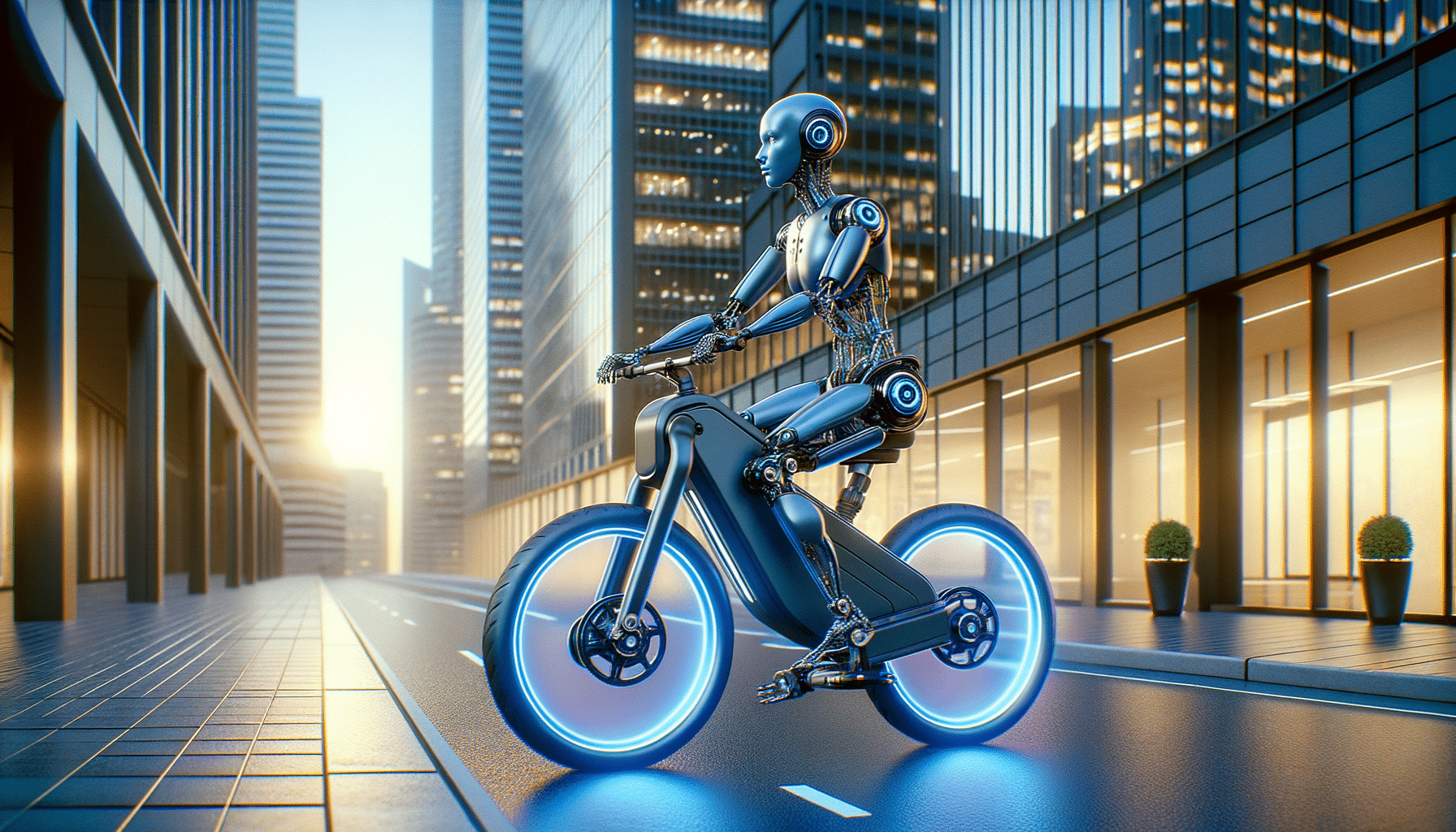
The Future of Urban Transport with AI-Powered E-Bikes
Introduction to AI-Powered E-Bikes
As urban areas continue to grow, the demand for efficient and sustainable transportation solutions has never been higher. Enter AI-powered e-bikes, a revolutionary innovation that combines the convenience of electric bicycles with the intelligence of artificial intelligence. These bikes are not just a mode of transport; they represent a significant leap forward in how we navigate our cities. With features such as adaptive navigation, real-time traffic data integration, and enhanced safety mechanisms, AI-powered e-bikes are designed to meet the diverse needs of modern commuters.
The integration of AI in e-bikes offers numerous advantages, including improved energy efficiency, personalized riding experiences, and proactive maintenance alerts. By leveraging AI, e-bikes can learn from rider behavior, optimize power usage, and even suggest alternate routes to avoid congestion. This makes them an attractive option for urban dwellers seeking a smarter, greener way to travel.
The Role of AI in Enhancing E-Bike Functionality
Artificial intelligence is at the heart of transforming e-bikes into intelligent machines. One of the primary ways AI enhances e-bike functionality is through adaptive learning algorithms that analyze riding patterns. These algorithms can adjust the bike’s performance based on the rider’s habits, such as preferred speed and terrain type. This results in a more personalized and efficient riding experience.
Moreover, AI-powered e-bikes are equipped with sensors that monitor various parameters like battery health, motor efficiency, and environmental conditions. This data is processed in real-time to provide riders with insights and alerts. For instance, if the system detects a potential issue with the battery, it can notify the rider to take preventive measures, thereby reducing the risk of breakdowns.
Another significant advantage is the integration of AI with GPS and mapping technologies. This allows e-bikes to provide real-time navigation assistance, suggesting the quickest and safest routes based on current traffic conditions. Such features not only enhance the convenience of commuting but also contribute to overall safety.
Comparing Traditional E-Bikes and AI-Powered E-Bikes
While traditional e-bikes have been around for some time, the introduction of AI-powered models marks a substantial evolution in the industry. Traditional e-bikes rely heavily on manual inputs from the rider, such as gear shifts and speed adjustments. In contrast, AI-powered e-bikes automate many of these functions, offering a seamless and intuitive riding experience.
One of the most noticeable differences is in energy management. AI-powered e-bikes optimize battery usage by learning from the rider’s habits and the journey’s specifics. This can lead to extended battery life and reduced energy consumption, making them more eco-friendly than their traditional counterparts.
Additionally, AI-powered e-bikes often come with advanced safety features such as collision detection and automatic braking systems. These enhancements significantly reduce the risk of accidents, providing riders with peace of mind. In summary, while both types of e-bikes offer the benefits of electric mobility, AI-powered versions deliver a more intelligent and efficient experience.
The Impact of AI-Powered E-Bikes on Urban Mobility
AI-powered e-bikes are poised to revolutionize urban mobility by addressing some of the most pressing challenges faced by city planners and commuters. Traffic congestion, pollution, and limited parking are just a few issues that these innovative bikes can help mitigate. By offering an efficient alternative to cars and public transport, AI-powered e-bikes reduce the number of vehicles on the road, thereby alleviating congestion and lowering emissions.
Furthermore, the compact design of e-bikes makes them ideal for navigating crowded city streets and finding parking in tight spaces. This flexibility is particularly valuable in densely populated urban areas where space is at a premium. Additionally, the reduced environmental impact of e-bikes aligns with global efforts to combat climate change, making them a sustainable choice for eco-conscious commuters.
On a broader scale, the adoption of AI-powered e-bikes can lead to significant economic benefits. By reducing reliance on fossil fuels and decreasing the wear and tear on infrastructure, cities can save on maintenance and energy costs. Moreover, the rise of e-bike sharing programs, supported by AI technology, offers affordable and accessible transportation options for all, further enhancing urban mobility.
Challenges and Future Prospects of AI-Powered E-Bikes
Despite their numerous advantages, AI-powered e-bikes face several challenges that must be addressed to realize their full potential. One of the primary concerns is the cost of these advanced bikes, which can be prohibitive for some consumers. However, as technology advances and production scales up, prices are expected to become more competitive.
Another challenge is the integration of AI systems with existing urban infrastructure. For AI-powered e-bikes to operate optimally, cities must invest in smart infrastructure that supports real-time data exchange and connectivity. This requires collaboration between technology providers, city planners, and policymakers.
Looking ahead, the future of AI-powered e-bikes appears promising. As AI technology continues to evolve, we can expect even more sophisticated features, such as voice-activated controls and enhanced predictive maintenance capabilities. These advancements will likely expand the appeal of e-bikes to a broader audience, further cementing their role in the future of urban transport.


